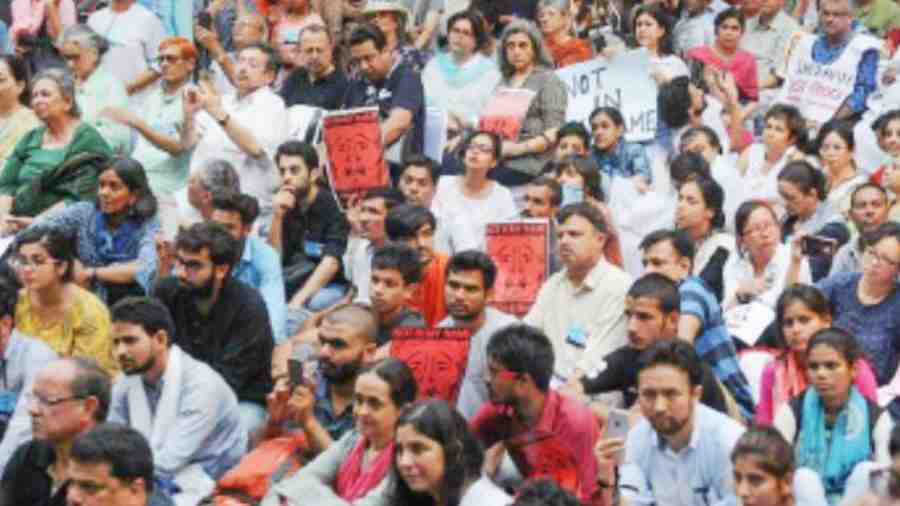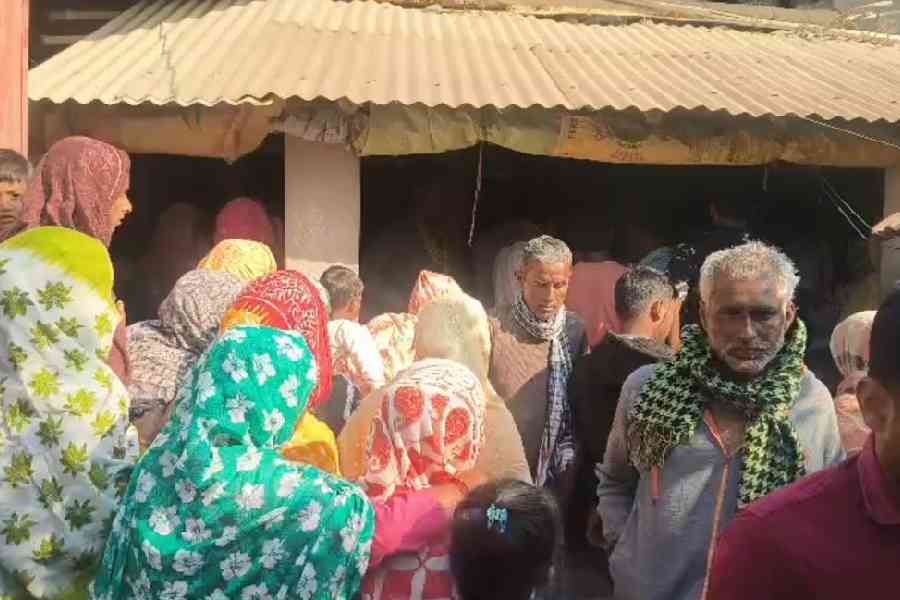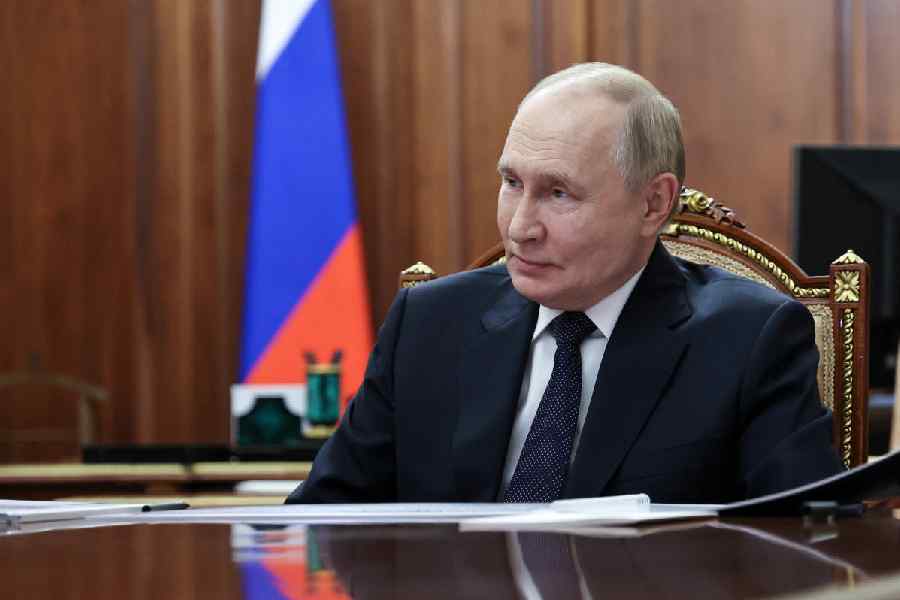Book: The Anarchist Cookbook: A Toolkit To Protest And Peaceful Resistance
Author: Aakar Patel
Publisher: HarperCollins
Price: ₹399
Protest movements have garnered a lot of international attention in recent years. In countries like the United States of America, many on the liberal-left have rediscovered the value of protest and power-building for progressive concerns, ranging from pervasive racial discrimination and police brutality to neoliberal and authoritarian State policies. However, protests have a much longer and more venerable history in the Indian subcontinent where political sides of all hues have successfully capitalised on dissent in the interests of their political objectives. Aakar Patel’s The Anarchist Cookbook makes for an interesting intervention in this context.
Often at great personal cost, Patel has been one of the most stringent critics of the current ruling dispensation. His book is a sincere attempt to extol the virtues of an aware and active citizenry where individuals engage with the world around them and seek to affect positive change. From the very outset, Patel seems to focus his energies on the so-called Englishspeaking elite who, due to their relative wealth and privilege, do not confront the inefficiencies and the violence of the Indian State on an everyday basis but still hold an outsized voice in shaping laws and policies. Relying on his vast experience in the development sector, Patel employs terms like “theory of change” and “power mapping” to explain roadmaps for social interventions. He also provides concrete suggestions on how individuals can engage to become more active citizens.
The book might be handy for those urban Indians who feel frustrated at the current state of affairs and are itching to act. While its overall framing seems to be particularly concerned with the current political situation, Patel’s suggestions do not discriminate between big or small issues. Even individuals concerned with protecting street dogs or enhancing the green cover in neighbourhood parks may find the book a helpful read.
Individual effort is important, and the many examples that Patel cites show how far such actions can go in contributing to positive outcomes. However, the book often tends to simplify complex issues and, therefore, does not do enough to explain the current state of Indian politics. Nor does it seek to identify or defend a clear way out of it. Two tensions are particularly notable.
First, Patel’s substantive critique ignores how many of our fault lines have deeper, more complex, histories. For instance, we need to think about the longer political history of the autocratic tendencies of the Indian State and the social and the economic conditions that have enabled them. The Indian State is unique in that it severely lacks the capacity to fulfil its promises of socio-economic entitlements which it affirmatively pledges and, yet, can be draconian in its use of the criminal justice system. At the same time, and paradoxically, the criminal justice system suffers from a lack of capacity that makes existing safeguards harder to implement.
Second, the book’s focus on the elite, English-speaking individual does not sufficiently appreciate the need for greater solidarity, mutual understanding, and broader coalition-building. While elites may think that the State does not affect them, as the second wave of the Covid-19 pandemic made us painfully aware, systemic State dysfunction affects everyone. Moreover, potential solutions must be political and should account for broader concerns. As cliched as it sounds, India is a profoundly political country, where often a roadside teashop owner or a cab driver has better political awareness than the average English-speaking elite. The real challenge may not lie in learning how to leverage social media to achieve greater impact but in bridging the gap between these seemingly different worlds.










